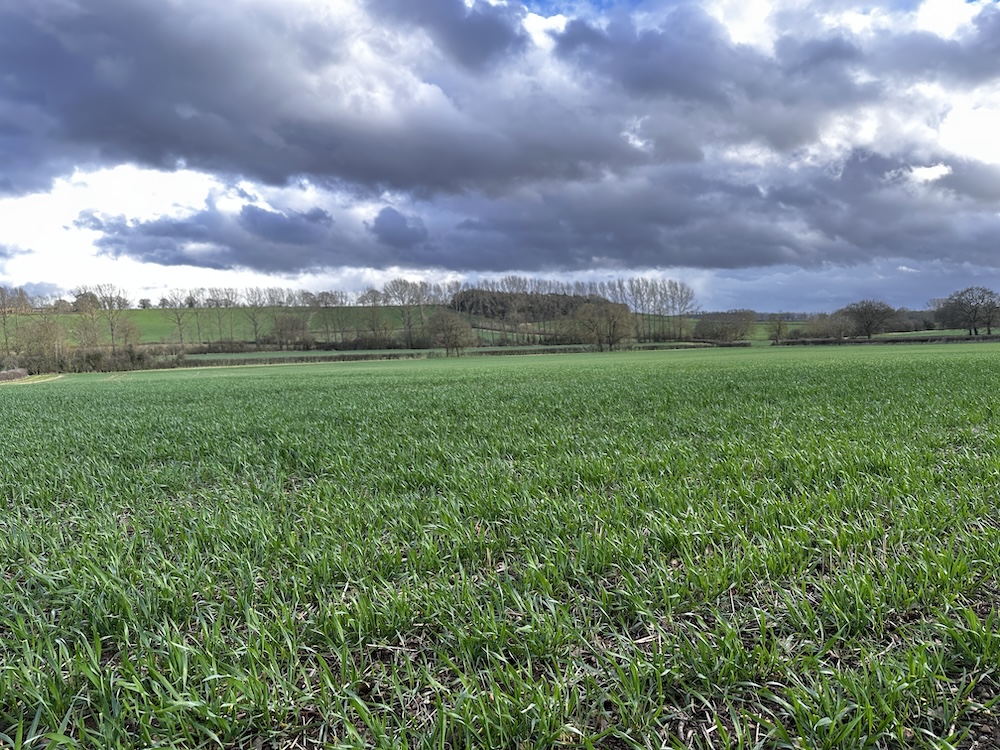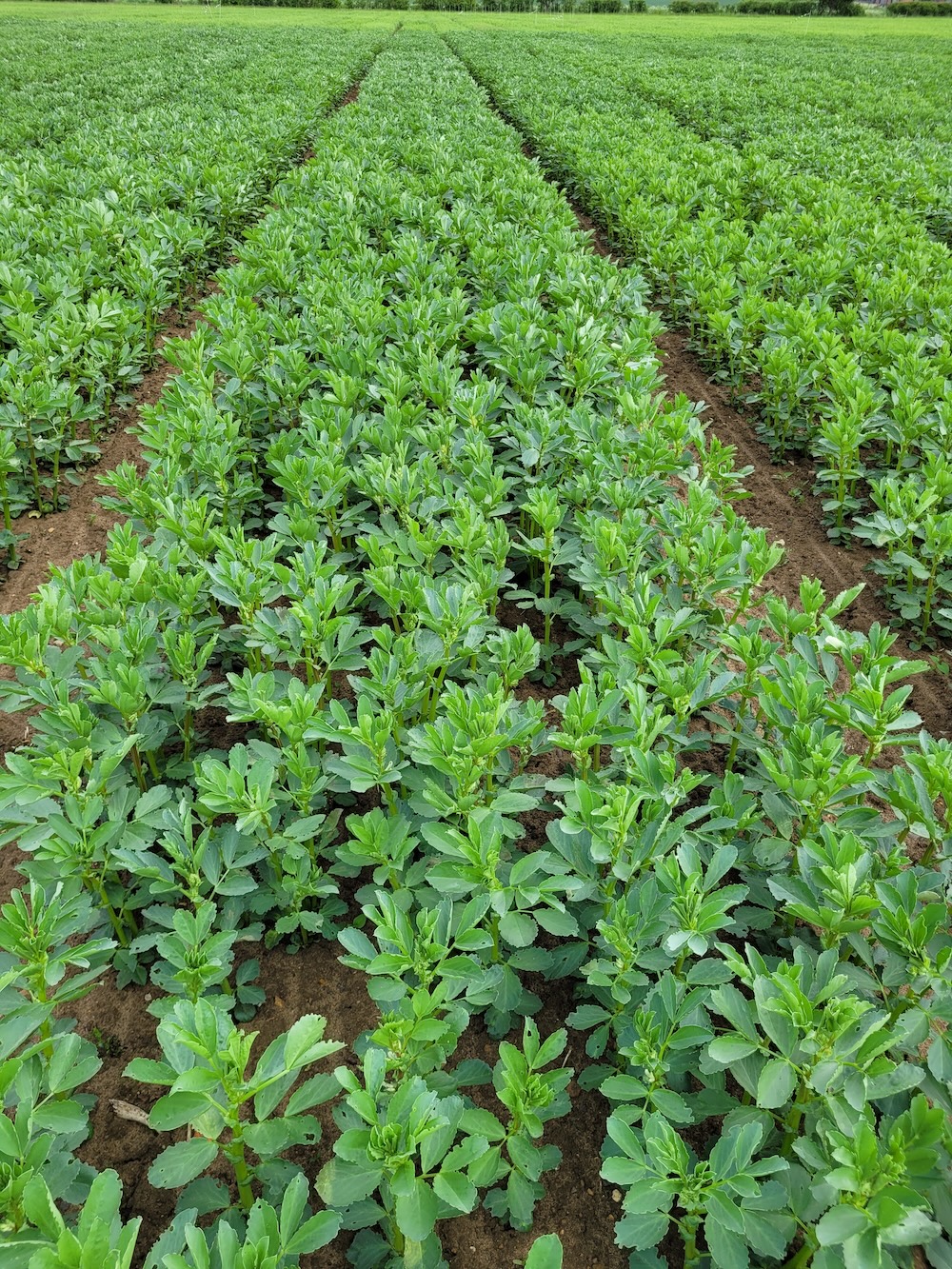
Telecommunications operators have been told they must increase the rent they pay landowners for rural mast agreements by more than 130%.
The Upper Tribunal (Lands Chamber)* has ruled in favour of increasing the standard rental value of an “unexceptional” rural greenfield mast site from £750 per annum to £1,750, in a decision published late July.
Many landowners felt the previous reform of the Electronic Communications Code in 2017 was too heavily weighted in favour of telecoms operators who argued changes were needed for them to continue to invest in the improvement of the UK’s digital infrastructure.
The trial related to the renewal of a lease of a greenfield rural mast site at Vache Farm near Chalfont St Giles in Buckinghamshire.
Operators EE and Hutchison 3G are the tenants at the site, with AP Wireless II (UK) their immediate landlord.
Paul Williams, Head of Telecoms at Carter Jonas, was appointed as the expert valuation witness for AP Wireless, and gave evidence to the tribunal.
He said: “This outcome moves the dial from the decision that was handed down by the Upper Tribunal in a case known as Dale Park in December 2020. That, and a subsequent decision in 2022 (Pendown Farm) suggested that a rental value of £750 was appropriate for what were considered to be “unexceptional rural” telecoms sites.
“Since the Dale Park decision, £750 per annum had been presented by telecoms operators to landowners as a fait accompli.
“If landowners objected, or challenged that figure, their only recourse was via tribunal at great risk and expense.
“Not only did the tribunal agree that the Dale Park decision needed to be looked at again, but it also informed us that the door isn’t shut if new evidence which does not offend the statutory basis of value for telecoms emerges. Aside from market evidence, the tribunal also sent a clear message that inflation should apply, including to those for other site types, such as rooftops.”
Given that some of those other decisions also date back to 2020, and inflation has been high during the subsequent period, increases across all site types will be significant, and welcomed by site providers.
“This will make a huge difference to many landowners who host telecoms sites, especially in rural settings, where the tribunal was persuaded that a greater-than-inflation increase should apply,” Mr Williams said.
“This isn’t about extracting huge amounts of money from the operators; it’s about receiving a payment that is reasonable for the rights that are being granted, and the burdens that inevitably come with hosting telecoms, rather than a less intrusive tenant, or more passive use.”
The background
Before the reform of the Electronic Communications Code in 2017, landowners with a mobile telecoms site could expect to receive a rent of between £5-7,000 per annum.
“This was a really significant form of income for many small farmers,” Paul explains.
However, back in 2011, the Government asked the Law Commission to review the Code and provide recommendations for reform. The Commission published its report in 2013, and subsequently the government began consultation on a new draft Code.
Operator lobbying persuaded the government to abandon the continuation of a market value approach recommended by the Commission, in favour of a ‘no scheme’ type approach, similar to other utilities. The revised Code was brought in under the Digital Economy Act 2017.
The initial approach to value by operators was extreme, with as little as tens of pounds being offered for a term of 10 or 15 years. Understandably, existing and new landlords of telecoms sites were shocked and withdrew from the market, and operators were forced for the first time to litigate to argue their case on value.
Dale Park was one of the earliest cases dealing with valuation of ground-based rural sites, and the tribunal ruled that £750 per annum was an appropriate value for what it later called an “unexceptional” site.
“Since that ruling, both the opening and final offer from operators for most sites has been £750 per annum, irrespective of whether there were particular features which indicated a higher value,” Paul explains.
Even when landowners thought this amount was unfair, most didn’t have the funds necessary to fight against it in court.
“Sometimes operators would offer a goodwill one-off payment, while negotiating a contract, but they would remain adamant about the actual rental value of the land being £750.”
The most recent case, which relates to the renewal of a lease of a greenfield rural mast site at Vache Farm saw the Upper Tribunal (Lands Chamber) deliver a significant decision on rental value, ruling that the appropriate annual consideration for a rural mast site should be set at £1,750.
“In this case, AP Wireless was the landowner and they argued that not only was the Dale Park figure of £750 too low, but there has also been high inflation over the subsequent years,” Paul explains. “So, even if the approach and value in Dale Park was correct, it should still be adjusted for inflation as a minimum.”
A key consideration was how much landowners could be expected to receive if the land in question was used for something else.
“The tribunal adopted the evidence I put forward for other non-telecoms rural compounds, along with the reality that there is a level below which willing and prudent landowners will not go below and awarded £1,750, which will now effectively become the new starting point for rural sites,” Paul says.
“We’re only dealing with relatively small sums of money, but if you imagine that this will apply to tens of thousands of sites across the UK, it’s a significant outcome, which along with a general presumption that inflation on other decisions apply, will hopefully encourage a more equitable approach, and engagement from both sides in the transaction.”
ENDS
* Wireless II (UK) Limited v EE Limited and Hutchison 3G Limited [2024] UKUT 216 (LC) “Vache Farm”
For more information contact Ben Pike, Eve Communications
ben@evecommunications.co.uk / 07832168560
For other agribusiness press releases click here.




